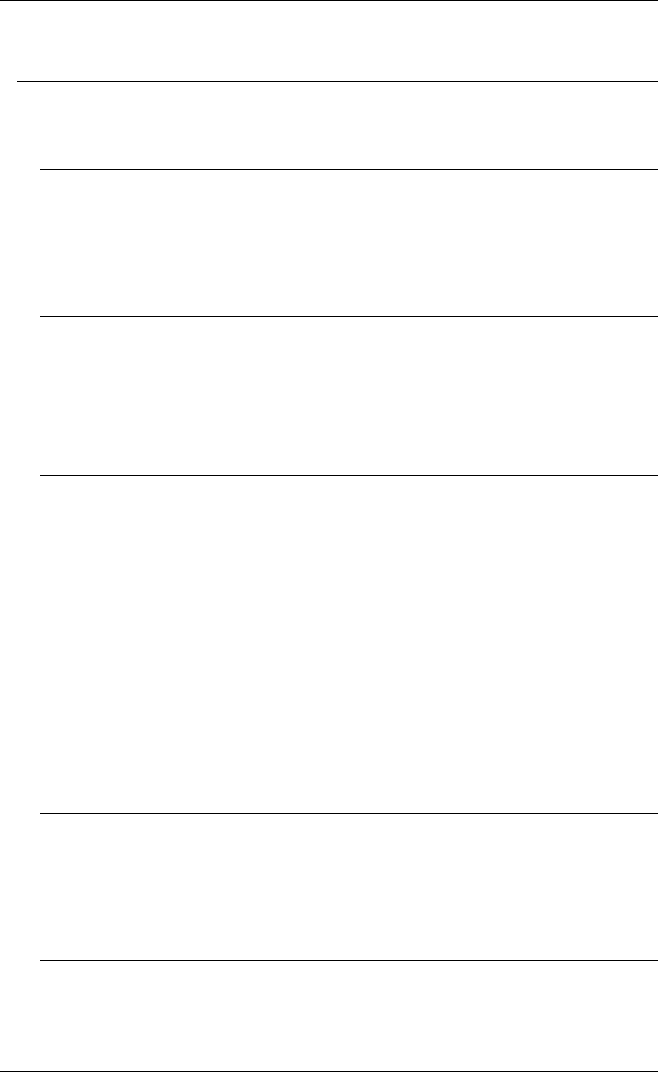
12-12
Creating A Script File
Syntax Conventions
This section explains the rules for writing a script program.
Program Lines
The first text entry of each line must be a script command or a line label, which may be
preceded by any number of spaces from the beginning of the line. The command can
be entered in upper or lower case. Command parameters may be separated by a comma
or/and a space.
Comments
You can enter comments on separate lines or on the same line as a script command. In
both cases the comment must be prefixed by a semicolon (;). For example:
; This is a comment line
pset emul mode vt2207 ; This is a comment on a command line
Labelling Lines
You can assign a label to a line to indicate the start of a subroutine. Labels do not
have to be entered on a separate line, they can be placed anywhere.
A label consists of alphanumeric characters immediately followed by a colon, but
note that the label must not begin with a number otherwise it will be treated as a line
number by the program. For example:
start: pset: subroutine1: are valid labels, whereas
2start: start : :start are not valid.
Note that the label may include the same characters as a script command (such as
pset: above), but will not be treated as a command as long as it is immediately
followed by a colon. References to labels (e.g. by gosub or goto) must include the
colon.
Strings & Variables
Strings should normally be enclosed by double quote characters unless specified
otherwise. You can include double quote characters within a string by entering each
character twice with no space in between. The maximum size of a string or variable
is 256 characters.
Underline Characters In Strings
To include an underline character in a string so that it is treated as such and not as a
control character introducer, enter the character twice with no space in between.


















